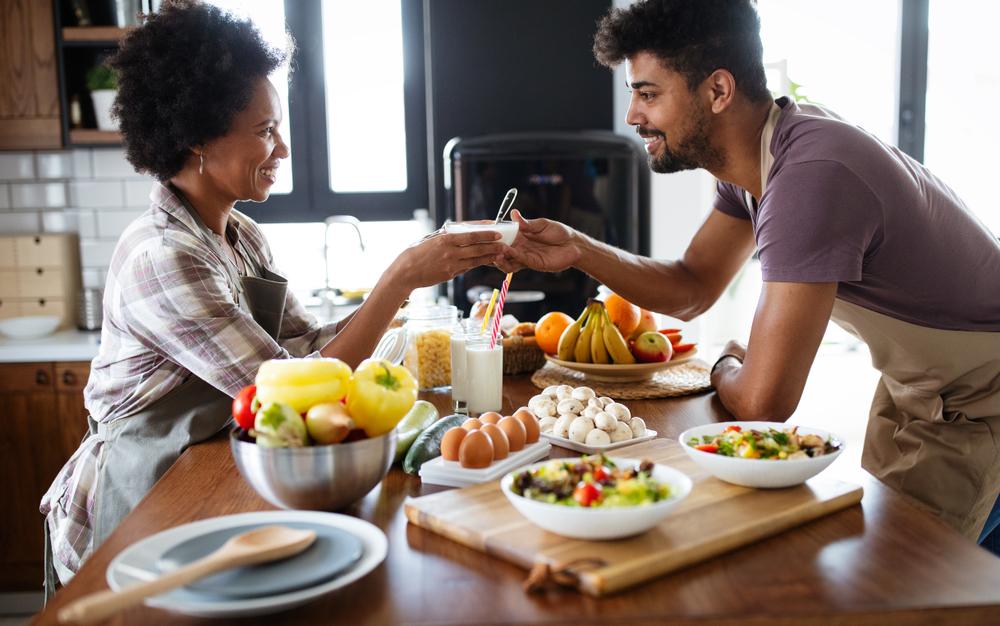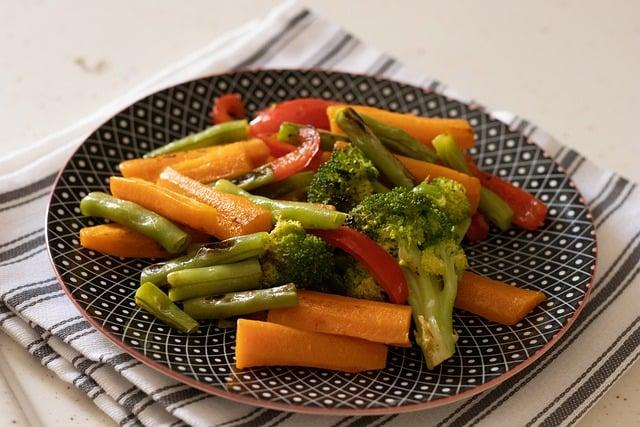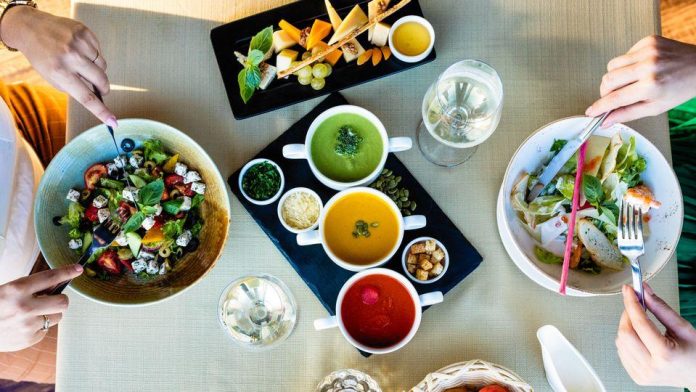In the intricate dance of relationships, partners often find themselves mirroring each other’s habits, from binge-watching favorite shows to adopting quirky catchphrases. But when it comes to the realm of diet, should you really be following the same culinary path as your significant other? In a world where food is not just sustenance but a shared experience, the question of whether to align your eating habits with your partner’s is both compelling and complex. This article delves into the nuances of dietary compatibility, exploring the potential benefits and pitfalls of syncing your meals with your mate. Whether you’re contemplating this change for convenience, health, or harmony, join us as we unravel the layers of this gastronomic conundrum.
Navigating Nutritional Needs in a Shared Kitchen
Sharing a kitchen often means negotiating diverse dietary preferences and nutritional requirements. It can be a delightful journey of culinary exploration or a challenging exercise in compromise. Here are some key considerations:
- Respect Individual Needs: While cooking the same meal for convenience might seem appealing, it’s crucial to acknowledge that dietary needs can vary significantly. Whether due to health conditions, ethical choices, or personal taste, it’s essential to respect these differences and find ways to accommodate them.
- Creative Meal Planning: Embrace the opportunity to experiment with meals that cater to both parties. Consider dishes that allow for customization, such as build-your-own tacos or versatile grain bowls. This approach not only respects individual preferences but also encourages a shared cooking experience.
- Communication is Key: Open discussions about dietary goals and restrictions can prevent misunderstandings and foster a harmonious kitchen environment. Establishing clear communication can lead to innovative solutions that satisfy everyone’s needs.
In the shared space of a kitchen, the journey towards nutritional harmony is paved with understanding, creativity, and dialogue. Embrace the diversity of dietary choices as an opportunity to enhance your culinary repertoire and strengthen your partnership.

Balancing Personal Health Goals with Relationship Harmony
In the quest to align personal health goals with the ebb and flow of a relationship, dietary choices often come under scrutiny. While sharing meals can be a bonding experience, it’s important to recognize that dietary needs and preferences can vary significantly between partners. Striving for relationship harmony doesn’t mean sacrificing individual health goals. Instead, it can be an opportunity to explore diverse culinary landscapes together, fostering a sense of adventure and mutual respect.
- Understanding Differences: Acknowledge that each partner may have unique nutritional needs based on health conditions, fitness goals, or ethical considerations.
- Open Communication: Discuss dietary preferences openly to ensure both partners feel supported and respected in their choices.
- Compromise and Creativity: Find ways to incorporate both preferences into meals, perhaps by preparing shared dishes with adaptable ingredients or alternating cooking responsibilities.
- Shared Goals: Consider setting common health objectives that don’t necessarily revolve around identical diets but still promote mutual well-being.
By approaching dietary differences with an open mind and a creative spirit, couples can maintain their individual health paths while nurturing their relationship. After all, the heart of any partnership is understanding and compromise, not uniformity.

Understanding the Impact of Metabolic Differences
Our bodies are unique ecosystems with distinct metabolic rates, which are influenced by a myriad of factors including genetics, age, gender, and activity level. These differences mean that what works for one person may not necessarily work for another, even if they share a home and a life. Metabolic rate can dictate how quickly we burn calories, how we process nutrients, and ultimately, how our bodies respond to different foods. This makes it crucial to consider these variances when deciding on a diet plan, especially if you’re tempted to follow in your partner’s dietary footsteps.
Consider the following when assessing dietary compatibility:
- Caloric Needs: Men often require more calories than women due to higher muscle mass.
- Hormonal Influences: Hormonal fluctuations can significantly affect metabolism, particularly in women.
- Activity Levels: If one partner is more active, their nutritional needs will differ.
- Health Goals: Weight loss, muscle gain, or maintenance goals can alter dietary requirements.
Understanding these factors can help create a more tailored and effective dietary approach that respects both partners’ unique metabolic landscapes.

Crafting a Personalized Approach to Shared Meals
When it comes to shared meals with your partner, the art of crafting a personalized approach can turn dining into a delightful experience rather than a dietary dilemma. Instead of aligning your plates to match each other’s dietary habits, consider embracing a more flexible approach. A personalized meal plan respects individual preferences while celebrating the joy of sharing. Here’s how you can tailor your shared meals:
- Identify Core Preferences: Start by discussing each other’s likes and dislikes, dietary restrictions, and nutritional goals. This helps in creating a menu that caters to both without compromising on taste or health.
- Explore Fusion Dishes: Mix elements from both your diets to create fusion dishes that satisfy your cravings and nutritional needs. This not only enhances the flavor but also makes mealtime more exciting.
- Portion Flexibility: Prepare dishes where you can easily adjust portions of certain ingredients. For instance, adding extra protein for one and more veggies for the other can make the same meal work for both.
By approaching shared meals with creativity and consideration, you not only nurture your relationship but also cultivate a harmonious balance between individuality and togetherness at the table.
In Conclusion
In the culinary dance of relationships, the question of whether to share the same diet as your partner is one that invites both harmony and individuality. While aligning your dietary choices can foster a sense of unity and shared purpose, it’s equally important to honor personal preferences and nutritional needs. The beauty of this journey lies in the balance—celebrating the meals you savor together while respecting the unique flavors that each of you brings to the table. As you navigate this delicious dilemma, remember that the true essence of companionship is not found in uniformity, but in the rich tapestry of experiences you create side by side. Whether your plates mirror each other or diverge, let your choices nourish not only your bodies but also the bond you cherish.


































